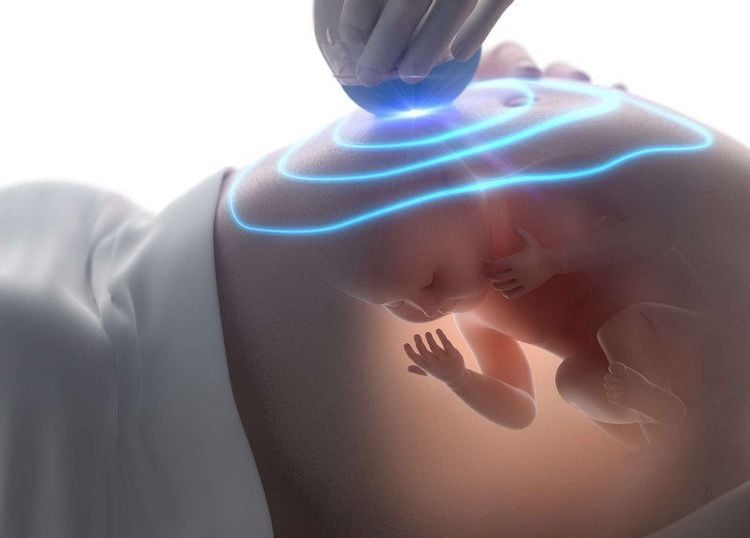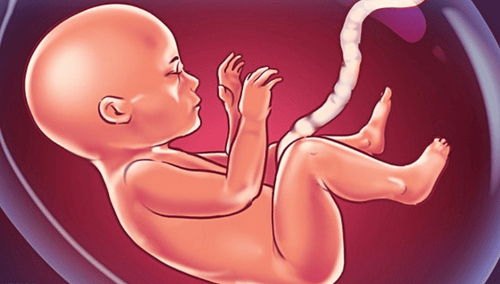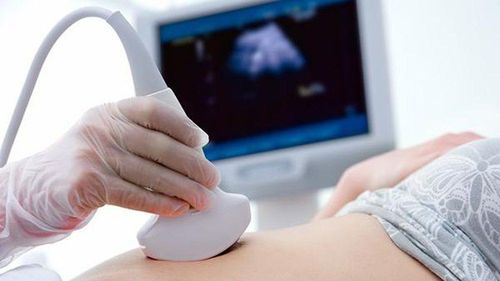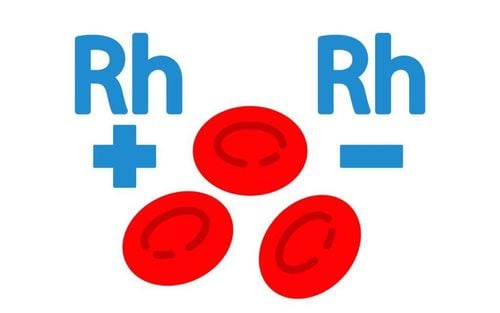This is an automatically translated article.
The article is expertly consulted by Master, Doctor Le Nhat Nguyen - Obstetrician-Gynecology Specialist - Vinmec Danang International General Hospital. Doctor has more than 20 years of experience in the field of Obstetrics and Gynecology.Fetal failure is a dangerous pathological process for every pregnant woman, threatening the life of the baby. When noticing signs of pregnancy failure, pregnant women need to go to the hospital for timely treatment, limiting the occurrence of serious complications.
1. What is pregnancy failure?
Fetal failure is a pathological process, originating from the state of the fetus lacks oxygen in the blood or lack of oxygen in the organs while living in the uterus. At present, it is also considered that fetal distress is an unstable condition of the fetus, including signs: decreased oxygen composition in the blood, decreased oxygen supply to the organ system, increased hydrogen ions in the blood. electrolyte disturbances), fetal acidosis, leading to stillbirth.
Fetal failure has two forms:
Acute fetal distress: Usually occurs suddenly during pregnancy. If not detected and treated in time, fetal distress can affect the physical and mental development of the baby after birth and in the future, even threaten the baby's life while the mother is in labor. Assessing the health status of the fetus, in order to diagnose fetal distress early in labor, will be important to ensure a safe delivery for both mother and baby. Acute fetal distress is less than 20% of births. Chronic fetal distress: Occurs gradually during pregnancy, with symptoms often insidious, not sudden. However, chronic fetal distress can quickly turn into acute fetal distress when a woman goes into labor and gives birth. The danger of fetal distress depends on the amount of oxygen deficiency more or less, acute or chronic and whether the detection and treatment are timely or not. So what should you do when you notice pregnancy failure?
2. What should pregnant women do?
The principle of treatment for pregnant women with fetal distress is to remove the fetus from the utero environment that is detrimental to the fetus, but it must depend on the condition of the pregnant woman and must be done at the right time, to avoid early intervention causing complications. due to premature pregnancy.2.1. For fetal distress during pregnancy Pregnant women need to be examined and monitored, especially for fetuses at risk of fetal distress:
Monitor fetal heart rate (with a stethoscope) after pacing during and after contractions to detect changes in fetal heart rate. Accordingly, the lack of oxygen causes the fetal heart to beat too fast or too slow (over 160 beats/minute or less than 120 times/minute). Amniocentesis several times to detect signs of amniotic fluid is blue. Test ocytocin or nipple, monitor with obstetric monitor if available to detect signs of fetal heart disorders, such as premature bradycardia, late bradycardia. Determine fetal maturity to consider termination of pregnancy in case of indications. Fetal ultrasound: Biparietal diameter (above 90mm, with a pregnancy of more than 38 weeks), mean abdominal diameter (above 94mm, with a weight of over 2500g), grade 3 placental calcification, amniotic fluid index (water volume). amniotic fluid) in 42 weeks gestation. Amniotic fluid index not exceeding 28mm usually requires cesarean section, if from 28-40mm, the pregnancy must be terminated (stimulating labor, if failed, need to switch to cesarean section), from 40-60mm, Close monitoring, over 60mm is normal amniotic fluid.

Monitor the condition, maternal diseases, possible complications. Measure fetal heart rate every 10-15 minutes, monitor for signs of uterine contractions consistent with the duration of labor. If the intensity and frequency of uterine contractions are increased, a tocolytic drug may be required. Monitor fetal heart rate continuously by obstetric monitor to detect early symptoms of bradycardia, late bradycardia (Dip II), heart rate variability (Dip variation), fetal heart rate fluctuation less than 5 beats . If you have Dip II, Dip changes, fetal heart rate fluctuates a little and you are eligible, you will need to perform a life-supporting Forceps procedure, if you are not eligible for Forceps, you must have a cesarean section. Measure the amount of amniotic fluid in the case of pregnancy past the due date, the amniotic fluid is thick, there is meconium, the cesarean section should be performed, the women should not be challenged to have a lower birth canal. In all cases, pregnant women need to have regular antenatal check-ups to limit bad situations from happening. For high-risk pregnant women, labor should be monitored with a labor chart to detect fetal distress early and intervene in a timely manner.
Please dial HOTLINE for more information or register for an appointment HERE. Download MyVinmec app to make appointments faster and to manage your bookings easily.














